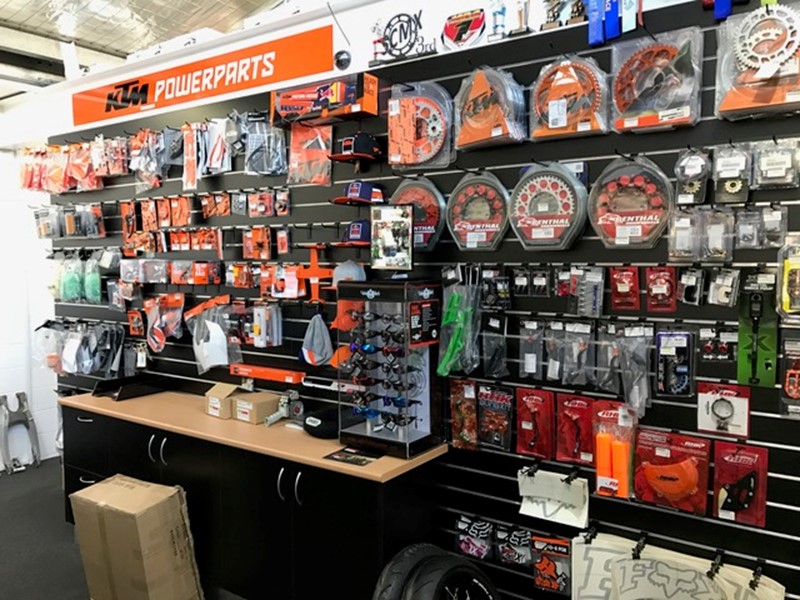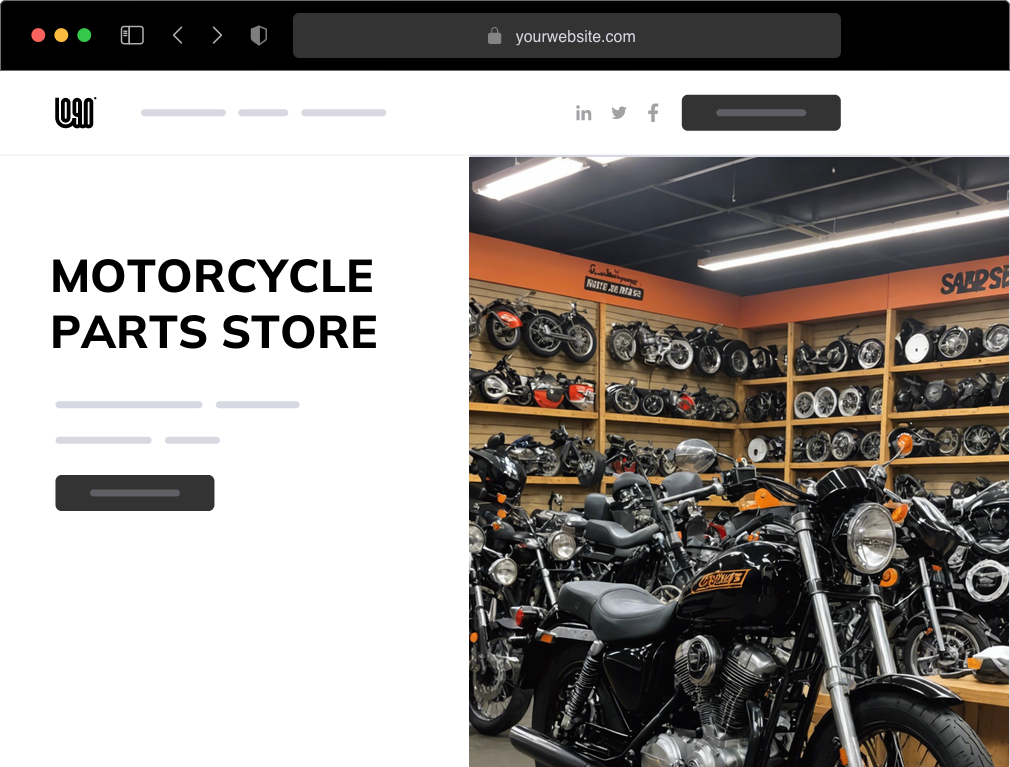Your Best Motorbike Shop for Quality Parts and Accessories
Your Best Motorbike Shop for Quality Parts and Accessories
Blog Article
Understanding Motorcycle Gears: How to Optimize Your Riding Experience
In the realm of motorcycling, grasping the art of gear control is vital for boosting your riding efficiency. Appropriately comprehending and using motorbike gears can considerably affect gas, acceleration, and control efficiency, transforming a typical adventure right into a seamless, electrifying journey. By integrating exact shift timing and adapting gear choice to various roadway conditions, riders can guarantee optimal engine efficiency and security. The nuances of clutch control, throttle coordination, and equipment technicians bid a much deeper expedition, assuring to open the full potential of your maker. How can these strategies be used to absolutely enhance your riding experience?
Understanding Gear Mechanics
How do the ins and outs of gear auto mechanics influence bike efficiency? At the core of bike dynamics, gear mechanics play an essential duty in transforming engine power right into movement, ultimately dictating rate and control. Gears, meticulously crafted components, allow cyclists to optimize torque and speed, making certain a seamless change via various surfaces and rates. The gear proportions, carefully developed, figure out the connection between engine changes and wheel turns, impacting velocity and fuel effectiveness.
Understanding gear mechanics starts with recognizing the importance of the transmission, which houses numerous equipments of differing dimensions. These gears connect through a process recognized as meshing, where teeth of various equipments engage to transfer power.
Additionally, the idea of gear moving is integral to making best use of efficiency. Smooth and timely changes guarantee that the engine operates within its optimum power band, avoiding unnecessary stress and boosting durability (motocross gear nz). By understanding these mechanical ins and outs, bikers can achieve an unified mix of power, performance, and control, elevating their riding experience
Timing Your Shifts
Shift timing proficiency is crucial for enhancing motorcycle performance and improving the riding experience. Effectively timed shifts guarantee that the engine runs within its optimum power band, which is essential for keeping control, attaining smooth velocity, and making certain the durability of the motorbike. Motorcyclists have to establish an user-friendly sense of when to move equipments, which entails understanding the connection between engine revolutions per minute (RPM) and speed.
To master change timing, pay very close attention to the engine's sound and really feel, as these give essential clues regarding when to alter equipments. When the engine approaches the upper range of its power band without getting to the redline, the optimal shift point generally happens - mx parts nz. Changing too early can lead to a lack of power, while changing also late might trigger unnecessary engine stress
In addition, road conditions and riding style impact change timing. In contrast, throughout freeway riding, fewer shifts at higher rates can be much more appropriate.
Enhancing Fuel Efficiency
While grasping motorcycle gears is important for performance, enhancing fuel effectiveness is similarly essential for both financial and environmental reasons. Optimal gas usage not just reduces operational costs but additionally minimizes the environmental footprint of riding. To attain this, one need to comprehend the elaborate relationship in between equipment option and engine performance.
Riding in a greater equipment at lower speeds can lead to engine carrying, which is damaging to both gas economic climate and engine health and wellness. Alternatively, riding in reduced gears at high rates results in unneeded gas consumption.
Furthermore, regular maintenance plays a crucial duty in fuel effectiveness. Making sure that the bike is well-tuned, with clean air filters and effectively pumped up tires, can boost aerodynamics and lower fuel waste. Additionally, taking on a riding design that welcomes gradual velocity and smooth deceleration can add to far better gas economic situation.

Methods for Smooth Transitions
Achieving smooth gear changes is fundamental to improving the riding experience and guaranteeing the long life of a motorcycle's transmission system. Proper equipment changing not only adds to a smooth ride but also minimizes deterioration on the mechanical components. To understand the art of smooth changes, cyclists have to concentrate on a few key methods.

Second of all, clutch control plays a crucial duty. Involving and disengaging the clutch efficiently needs technique. The clutch lever must be released progressively, allowing for a seamless transfer of power from the engine to the wheels without causing a shock or abrupt movement.

Adapting to Roadway Conditions
Navigating varied road conditions is an essential ability for any motorcyclist aiming to preserve control and safety and security. Whether you're riding on wet surfaces, gravel roadways, or navigating sharp turns, your capability to adapt your link gear usage and riding technique is paramount. Recognizing how to adjust your gears appropriately can substantially influence grip and security, ensuring a much safer journey.
On damp roadways, it is a good idea to preserve higher gears to reduce torque and minimize wheel spin. This strategy aids maintain grasp on slippery surface areas, enabling for smoother velocity and deceleration. On the other hand, when riding on gravel or irregular surface, reduced equipments are more effective. Reduced gears provide better control and enable you to react more swiftly to unforeseen changes in the road surface.
Sharp contours demand exact equipment management to stabilize rate and control. Downshifting before going into a curve can assist preserve momentum while making sure the motorcycle continues to be steady throughout the turn. Consistent method in different problems boosts your capability to react and forecast to changes in roadway texture and slope.
Conclusion
Understanding bike gears dramatically improves the riding experience by boosting gas, control, and acceleration effectiveness. A detailed understanding of equipment auto mechanics and precise shift timing guarantees the engine operates within its optimal power band, while smooth changes through effective clutch and throttle coordination increase comfort and performance. Adapting equipment option to different road problems, such as making use of greater equipments on damp surfaces and lower equipments on crushed rock, more boosts handling and safety and security. Inevitably, these abilities boost the overall journey.
Recognizing gear auto mechanics starts with identifying the importance of the transmission, which houses multiple gears of differing sizes. These gears engage with a process known as meshing, where teeth of different equipments involve to send power (motorcycle shop). Mild modifications to the throttle throughout gear shifts can avoid jerky activities and maintain a consistent riding rate
Whether you're riding on damp surface areas, gravel roadways, or browsing sharp turns, your ability to adjust your gear use and riding technique is paramount. Adjusting equipment selection to different road problems, such as making use of greater gears on wet surfaces and lower gears on gravel, more enhances handling and safety and security.
Report this page